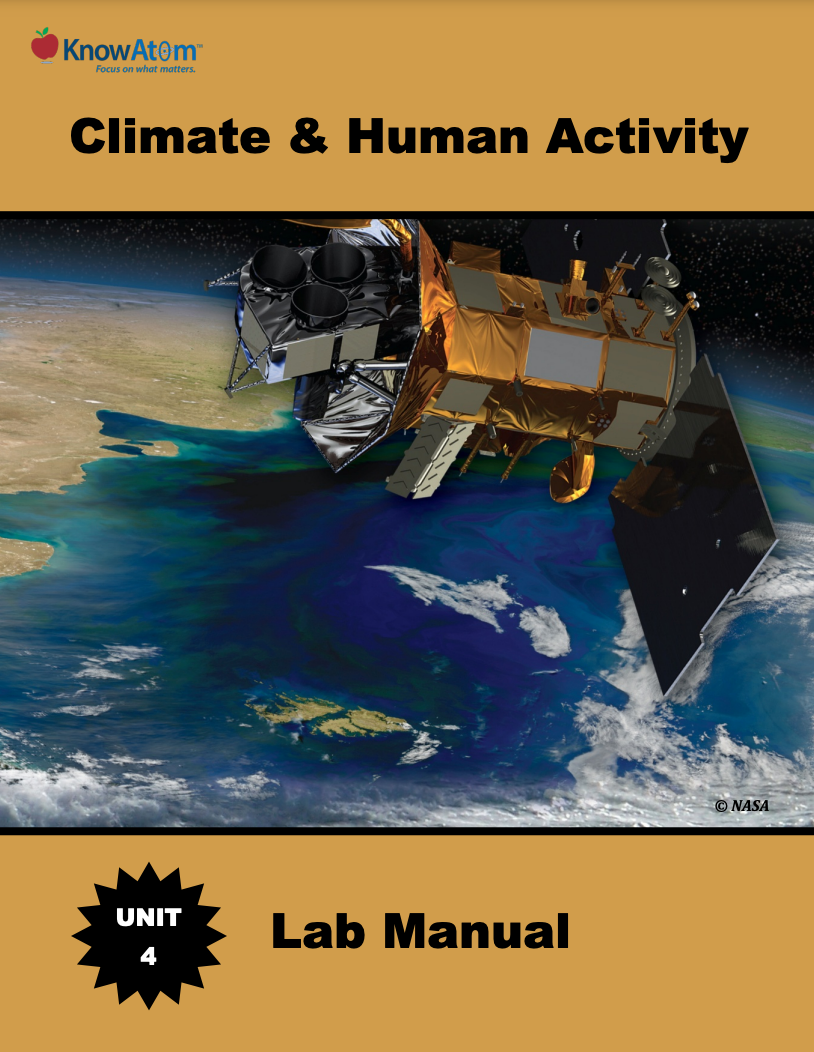.png)
In this unit, students focus on the relationship between an organism’s cellular structure and the ability of the organism to access energy to carry out essential life functions. Students begin by examining prokaryotic and eukaryotic cells under the microscope and then compare organelles in plant and animal cells in this lesson. This page is a high-level extract of this lesson.
.png)
In this unit, students focus on interactions between the hydrosphere and the geosphere as they explore the phenomena of groundwater in human development. For this lesson, they engineer a water filtration device to treat samples of simulated polluted stormwater runoff. This page highlights key components of this lesson.

In this unit, students build on their scientific knowledge about matter, energy, and heat transfer to explore the phenomena of weather and climate. They investigate how the sun powers the global water cycle, which in turn has very local impacts that affect the phenomena of regional climates around the world. They then use that knowledge to figure out and design a technology that solves the problem of drought-related water shortages.
Standards citation: NGSS Lead States. 2013. Next Generation Science Standards: For States, By States. Washington, DC: The National Academies Press. Neither WestEd nor the lead states and partners that developed the Next Generation Science Standards were involved in the production of this product, and do not endorse it.
